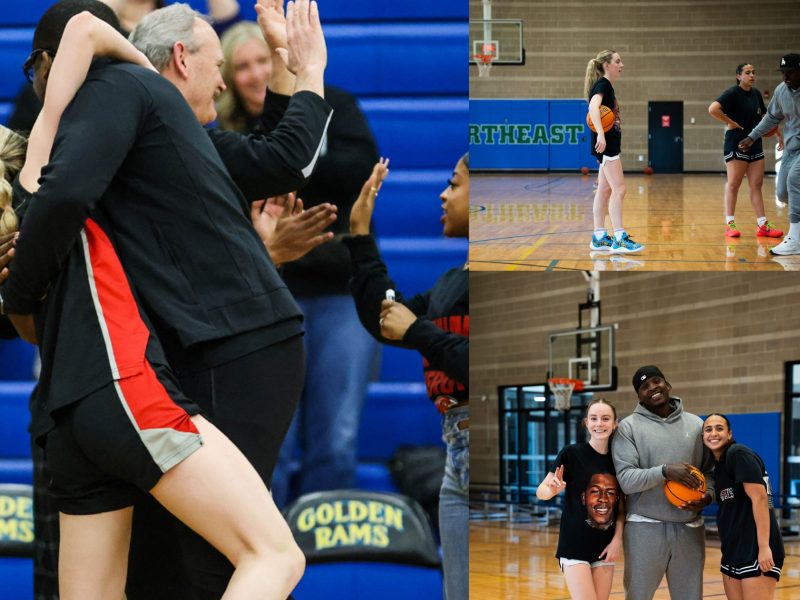
Encyclopedia Brown
I was in fifth grade when I discovered my elementary school’s library.
I had always been a reader. From an early age, I was treated to a seemingly never-ending supply of books. I found plenty of early reader books and comic collections in my home — Calvin and Hobbes was my favorite — and my own room boasted a huge selection of Goosebumps books.
But the mythical place that was my neighborhood library still eluded me. Once a week, when my father would come home from work, he would bring me the books he had carefully selected. Thankfully, he had good taste, and I was treated to fantastic adventure stories about heroes in imaginary lands or comic thrillers with solvable graphic puzzles on every page.
But I had my first experience picking out my own books in fifth grade, when I found my elementary school’s library.
I don’t know what first drew me to the Encyclopedia Brown books. It certainly wasn’t practicality — the series was located on one of the top shelves of the bookcases in the back, and I had to drag a step stool down the rows just to reach the books. It may have been the cover, with the book’s title character, Encyclopedia Brown himself, drawn like my beloved comics at home, that pulled me in. But once I opened my first Encyclopedia Brown book, I was quickly captivated.
As every book explained, Leroy Brown, or as everyone called him, Encyclopedia Brown, was a 10-year-old detective. He not only had his own kid-friendly detective agency, but he even tackled big-boy crimes with his father — the chief of police in the Browns’ hometown of Idaville — often solving them without leaving the dinner table.
As I soon discovered, every chapter featured a new mystery. Sometimes, Encyclopedia’s friends and family posed the puzzles and conundrums to him, while other times, the boy detective would stumble upon them himself. Either way, at the end of every chapter, I was left with a question of “Whodunit?” or “What happened?” The solutions were hidden in the back of the book, and after a short period of contemplation, I would flip eagerly to the back to see how Encyclopedia had cleverly resolved the case.
Encyclopedia was the kind of brainy hero I loved, and I ravenously swept through the series. I was a quiet kid who preferred creative outlets to physical ones, so I identified with Encyclopedia instantly. I envied the junior sleuth’s heightened powers of observation and deduction and craved the ability to wield the trivia and logic needed to solve crimes as he did. Despite all odds, Encyclopedia Brown prevailed against criminals and bullies, outwitting them with little more than simple reasoning.
Admittedly, not every story’s solution was entirely fair and logical. Sometimes Encyclopedia solved the mysteries based on information that was either irrelevant to the puzzle at hand or missing from the original story. In one story, Bugs Meany, the creatively named neighborhood bully, steals a violin and is ousted through a lie he told about witnessing a squirrel backing down a tree. Though Bugs’ story was indeed a lie — as Encyclopedia concluded, squirrels don’t climb down trees backward — I felt a bit cheated by the cop out that in no way proved the bully’s guilt.
However, the weaker solutions weren’t enough to faze me. I loved the thrill of reading every chapter like I was right beside Encyclopedia, getting the chance to observe every mystery and trying to solve it myself. Though I needed the solutions to most chapters, the element of participatory reading had me hooked.
These were the books that inspired my love of thrillers and mystery novels. For giving me my first taste of the excitement so appropriately dubbed “the thrill of the chase” by Sherlock Holmes, I am forever indebted to the Encyclopedia Brown books and the school library in which I found them.


